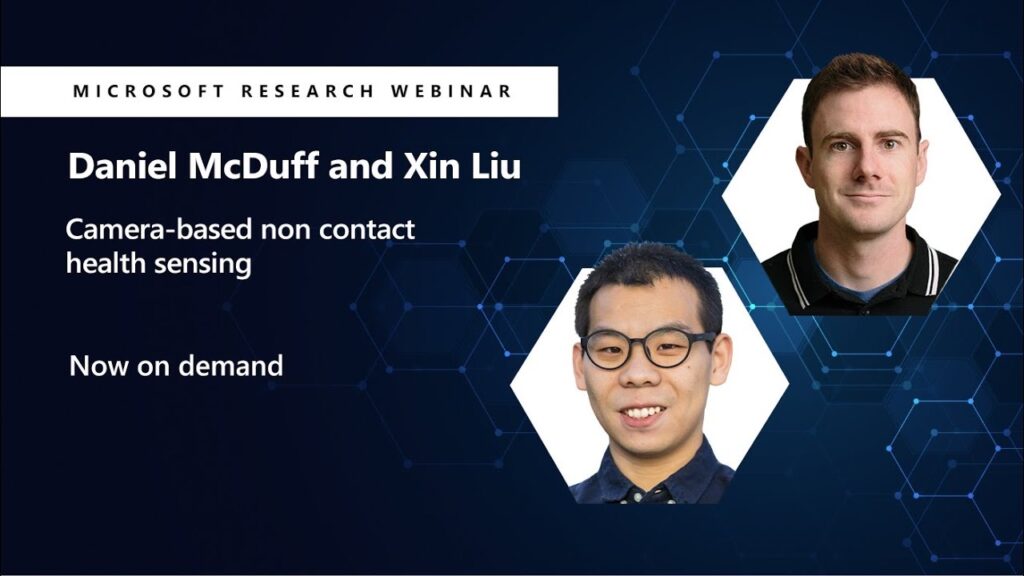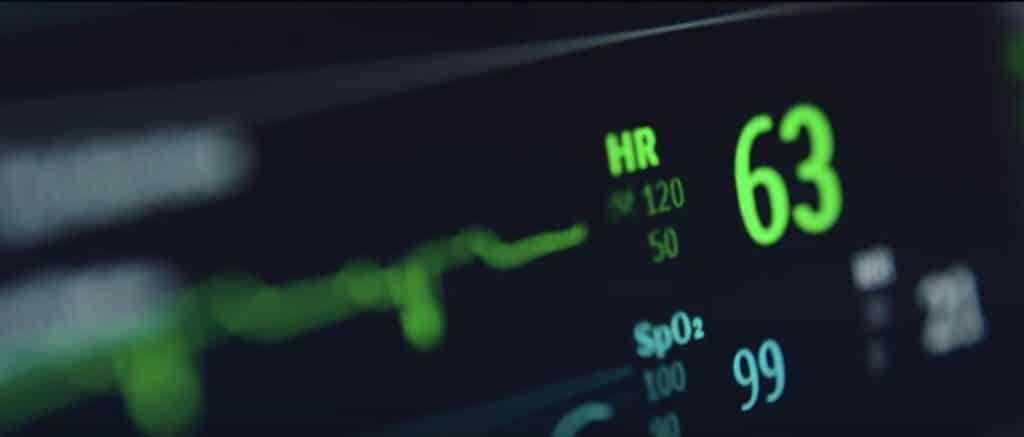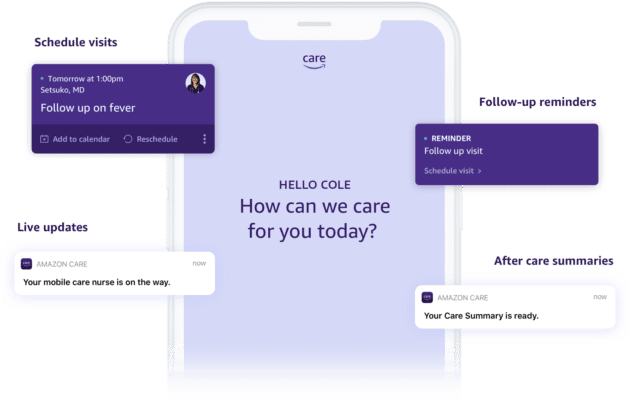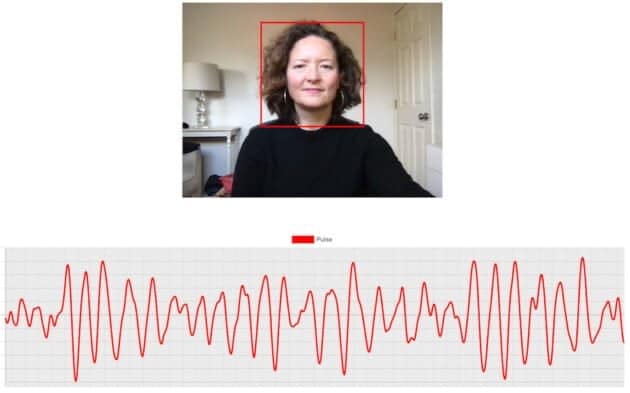In a international health conference this week, scientists fromUniversity of Washington e Microsoft Research will present a new technology which allows healthcare professionals to remotely monitor a patient's vital signs (pulse and heart rate).
The tool uses the camera on a smartphone or computer to capture a person's face video. That video is analyzed to measure changes in the light reflected from a patient's skin, which in turn is related to changes in blood volume and blood circulation.
Researchers from UW and Microsoft used machine learning and three datasets of video and health statistics to train their system.

Duty disclaimer
It has also happened in the recent past with other machine learning projects. Again, the technology worked less accurately between people of different races. In this case, lighter skin is more reflective, while darker skin absorbs more light and the instrument has a harder time perceiving subtle changes in reflections.
“Each person is different. For this the system must be able to adapt quickly to each person's unique physiological signature and separate it from other variations. What they look like and the environment they are in need to be excluded to better track vital signs, ”he says Xin Liu , lead author of the research and PhD student at the Paul G. Allen School of Computer Science & Engineering.
Researchers found a solution to the skin color problem: the system collects 18 seconds of video of the user with which it calibrates the system before detecting vital signs. The calibration step can adjust skin tone, patient age (the thin, young skin of infants and children behaves differently than the skin of an older user), facial hair, background, lighting and other factors. Scientists work to further improve performance, but the strategy has significantly increased the accuracy of the system.

Using calibration to optimize performance means that machine learning can be implemented with smaller datasets.
This is good news for Daniel McDuff, co-author and researcher with Microsoft Research. For at least three reasons:
- Smaller data sets lead to greater privacy retention as fewer people need to provide information.
- It democratizes and makes machine learning accessible to a wider range of developers.
- It means that an entity is not left holding huge amounts of information captured in global datasets.
The researchers' next step is to test the technology in a clinical setting.
Telemedicine and telediagnostics are taking off
As digital health rides a wave of popularity fueled by Covid (and huge investments), researchers are racing to develop technological tools that can deliver increasingly precise remote healthcare.

Not just remote vital signs
Last month Amazon has declared which will expand its remote health care service. Is called AmazonCare and it was reserved for employees only. Now it will also be for non-employees, first in Washington state and then nationwide by the end of the year. The Seattle telemedicine startup 98point6 it grows dramatically. Another team of researchers (also from the University of Washington) has presented a technology which uses artificial intelligence to turn smart speakers into sensitive medical devices that can detect irregular heartbeats.


